Microsoft Build 2019: The 10 Biggest Announcements In Azure And Microsoft 365
During the Build developers conference, Microsoft unveiled a wide array of developer-focused updates for Azure and Microsoft 365.
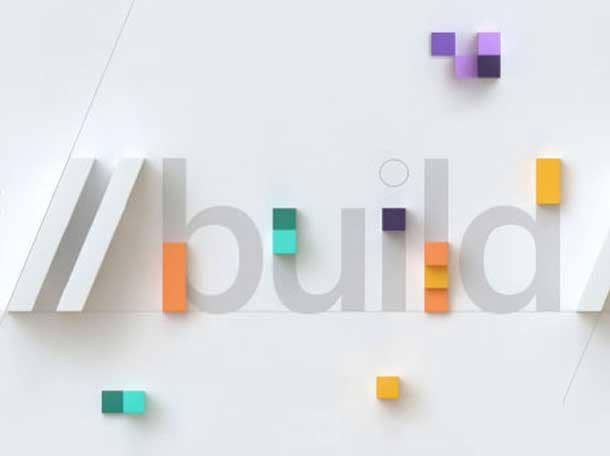
Focus On Developers
Microsoft is doubling down on its efforts to engage with developers with a wide array of new offerings at its Build 2019 developers conference. The offerings span the Azure cloud platform and the Microsoft 365 productivity suite (which includes Office 365, Windows 10 and device management). It's the first Build conference since Microsoft acquired open-source code repository GitHub for $7.5 billion, which has served as a launchpad for Microsoft to promote its tools and services to developers. Build 2019 is another such opportunity for Microsoft, and Microsoft CEO Satya Nadella and company are looking to make the most of it.
"As computing becomes embedded in every aspect of our lives, the choices developers make will define the world we live in," Nadella said in a news release on the Build 2019 product announcements. "Microsoft is committed to providing developers with trusted tools and platforms spanning every layer of the modern technology stack to build magical experiences that create new opportunity for everyone."
What follows is our roundup of the 10 biggest announcements in Azure and Microsoft 365 at Build 2019.

New Partner Co-Selling Opportunities
“Two years ago, we introduced our IP Co-Sell Program that brought the Microsoft salesforce -- the largest enterprise salesforce in the world -- to sell our partners’ solutions built on Microsoft Azure,” Charlotte Yarkoni, Microsoft’s corporate vice president of growth and ecosystems, said in a blog post.
“This collaboration between ISV partners and Azure sellers generated over $5 billion in partner revenue from nearly 3,000 ISVs engaging with more than 30,000 enterprise customer opportunities.”
To create more collaboration in selling its line-of-business applications, Microsoft now is expanding the IP Co-Sell Program beyond Azure to include partners building on Microsoft 365, Microsoft Dynamics 365 and the Microsoft Power Platform.
Microsoft also is expanding the IP Co-Sell Program to its global resellers, creating a new channel for ISVs to grow their business. Beginning July 1, all Microsoft ISVs with published offers in AppSource or Azure Marketplace will have access to a new distribution method through Microsoft’s worldwide reseller channel.
“This opens new growth opportunities for both ISVs and reseller partners while bringing a broader range of solutions to customers,” Yarkoni said.
Microsoft AppSource and Azure Marketplace will now support transaction capabilities for software-as-a-service solutions from partners, “making it a one-stop experience for customers looking for a cloud-based solution,” Yarkoni said.
“AppSource and Azure Marketplace will offer both per-seat and per-site SaaS transaction capability for our partners who build on, extend or connect to Microsoft Azure, Microsoft 365, Microsoft Dynamics 365 and the Microsoft Power Platform,” Yarkoni said. “The ISVs who offer transactable SaaS solutions in our marketplace and participate in the co-sell program will earn a reduced transaction fee of 10 percent.”
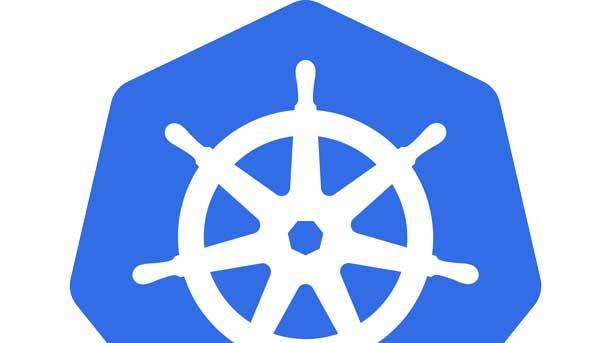
Kubernetes-Based Events-Driven Auto-Scaling
Microsoft unveiled new features and capabilities to power and safeguard workloads on Kubernetes, the open-source platform for managing containerized workloads and services.
“Enterprises are turning towards container-based infrastructure to modernize their apps, and Kubernetes is one of the most popular orchestrators to do this,” Shaw said. “Azure Kubernetes Services, or AKS, is one of the fastest-growing services in Azure, and it's used by global companies like ASOS to manage their container infrastructure at scale.”
Kubernetes-based events-driven auto-scaling (KEDA), now in public preview, is an open-source component that supports deployment of serverless, event-driven containers on Kubernetes that was created with Raleigh, N.C.-based Red Hat. It’s a new hosting option for Azure Functions that can be deployed as a container in Kubernetes clusters, bringing the Azure Functions programming model and scale controller to any Kubernetes implementation—in the cloud or on-premises with OpenShift, Red Hat’s containerization software.
“Modern apps are moving to be event-driven instead of systems- or process-driven,” Shaw said. “KEDA knows about events and can proactively scale your apps using Azure Functions as its programming model.”
If a retailer experiences a sudden, dramatic spike in online sales of a certain shoe, for example, it doesn’t have to worry about having enough infrastructure to support the increased demand, according to Shaw. KEDA can automatically scale up from zero and quickly scale back down, and customers only are required to pay for what they use.
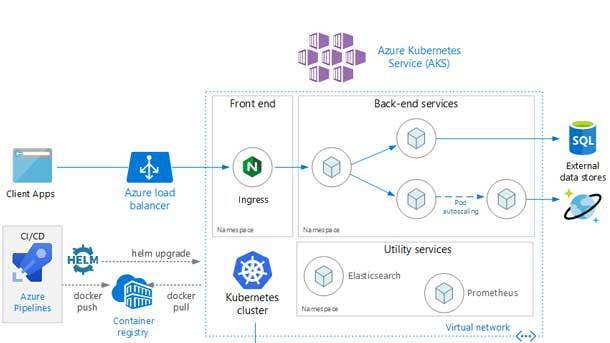
Azure Policy Integration, Enhanced Network Security For Azure Kubernetes Services
To make Kubernetes more enterprise-friendly, Microsoft is introducing Azure Policy for AKS, which provides at-scale enforcements and helps safeguard AKS clusters in a centralized, consistent way.
“We saw the need both with our customers and in the community for more policy services to keep enterprises safe,” Shaw said. “We worked with the community to create an open-source project within Azure that addresses this.”
Azure Policy, which is now in public preview, blocks violations happening at runtime and performs compliance assessments on all existing clusters for up-to-date visibility across the environment, according to Microsoft.
Authenticated IP in AKS, also in public preview, allows organizations to restrict access to their Kubernetes control plane to specific internet protocol (IP) addresses or IP ranges.

Azure Active Directory In GitHub Enterprise
After acquiring GitHub, the San Francisco-based, open-source code repository, in October, Microsoft announced that GitHub Enterprises will support team synchronizations with Azure Active Directory (AAD), its enterprise identity and access management system. The offering will be available in public preview on May 23.
GitHub enterprise customers will be able to synchronize groups of GitHub users across systems with AAD and enforce a secure workplace identity, so their administrators and developers can focus on application development. Developers will be able to use their existing GitHub accounts to sign into Azure, including Azure Portal and Azure DevOps.
“This update enables GitHub users to go from repository to deployment with just their GitHub account,” Shaw said.
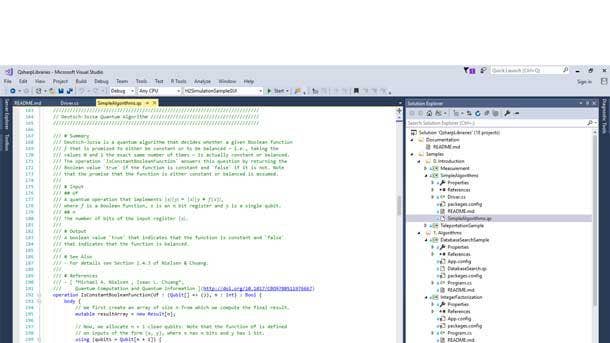
Q#
Microsoft designed Q# (Q-sharp) as a high-level, domain-specific programming language used for expressing quantum algorithms with a native-type system for qubits, operators and other abstractions.
At Build 2019, Microsoft said it would soon open-source Q# compiler and quantum simulators in its Quantum Development Kit to make quantum computing and algorithm development easier and more transparent for developers.
“Open-sourcing these elements of the Quantum Development Kit in GitHub will provide the Microsoft Quantum Network affiliates and startup organizations with more opportunities to leverage Q# and enhance their quantum solutions,” Microsoft said. “It also will give academic institutions that require OSS the ability to leverage Q# for their quantum development.”
The move also will enable developers to contribute their improvements and ideas via their own code, it said.
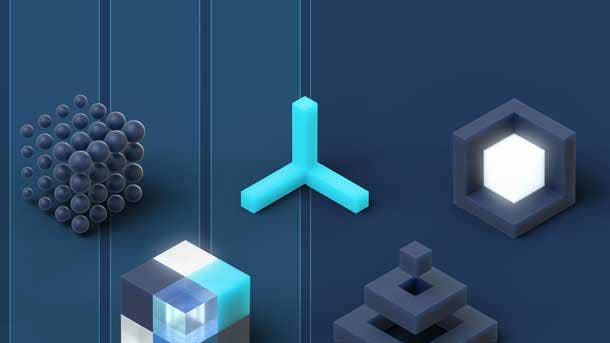
Fluid Framework
At Build 2019, Microsoft is unveiling new technology for building web-based distributed applications in a faster and more flexible manner. The Fluid Framework is a web-based platform that enables content from the web and productivity apps to be deconstructed and reconstructed into modular components so that users can more easily build apps together. The platform will come with a focus on high performance, with the co-authoring work available "at speeds not yet achieved in the industry," Microsoft said. The Fluid Framework also has an emphasis on users working with intelligent agents "to co-author, fetch content, provide photo suggestions, identify experts, translate data and more," the company said. The Fluid Framework is planned for availability to developers later in 2019, Microsoft said.
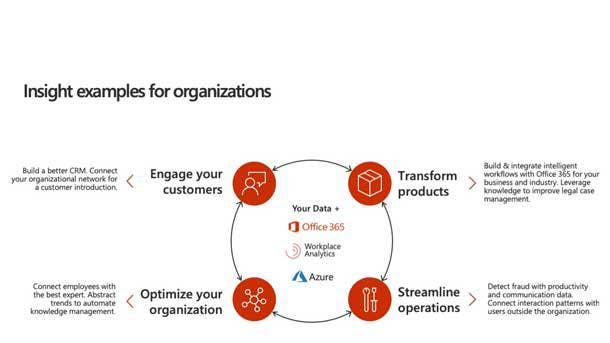
Microsoft Graph Data Connect
The Microsoft Graph brings together data signals from sources such as email, calendar, Teams chats and documents, enabling artificial intelligence technologies to generate insight from the data. At Build 2019, Microsoft is announcing the general availability of its Microsoft Graph data connect solution. Microsoft Graph data connect provides customers with a way to combine their productivity data with their business data—allowing big data/analytics applications to gain managed access to the productivity data, enabling even deeper insight for organizations.
Microsoft Graph data connect is available as feature in Workplace Analytics and as a stand-alone offering for ISVs, Microsoft said.
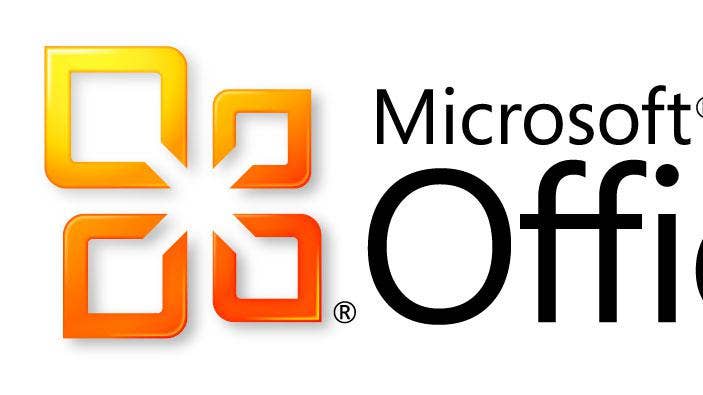
Microsoft 365: AI Services
Along with the AI-powered Microsoft Graph data connect solution, Microsoft is using Build 2019 to unveil a new conversational AI technology under development, with the help of the team from Semantic Machines, which Microsoft acquired last year. The new technology "moves past the restriction of rules, intents and skills" and into a new phase of "true language understanding, based on powerful AI algorithms and data-driven models where it can contextually understand people," Microsoft said. The conversational interfaces will be integrated into Microsoft's conversational AI moving forward, including the Cortana virtual assistant, the company said. Voice-assisted calendar management using Cortana is one initial application of the technology, according to Microsoft.
Meanwhile, Microsoft unveiled Cortana Skills Kit for Enterprise, which will let businesses build custom skills for employees. Examples include enabling employees to perform common tasks with Cortana such as asking support questions, creating service tickets and checking vacation balances, Microsoft said. The solution is currently in limited private preview via Microsoft's Technology Adoption Program.
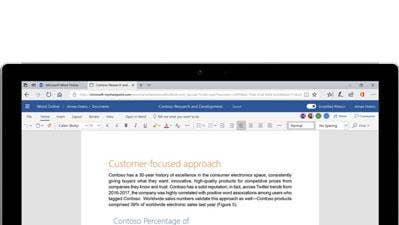
Microsoft 365: Expanding Developer Toolkits
Microsoft unveiled a number of expansions to developer toolkits at Build 2019. They include:
--- Windows Terminal, a new application for Windows command-line users, will provide a user interface with emoji-rich fonts; text rendering that is GPU-accelerated; multiple tab support; and customization. Windows Terminal, which will arrive in mid-June, will "elevate the command-line user experience on Windows," Microsoft said.
--- React Native for Windows is a new performance-oriented implementation for developers who use the React/web ecosystem to write user-experience components. It’s currently being developed on GitHub, although it's available to use now, with more mature releases to follow “soon,” Microsoft said.
--- The next generation of the Windows Subsystem for Linux will include improved performance and compatibility. Developers "will experience up to twice as much speed for file-system heavy operations, such as Node Package Manager install," Microsoft said. The new generation of Windows Subsystem for Linux, which arrives to Insiders in mid-June, will also support running Linux Docker containers, Microsoft said.
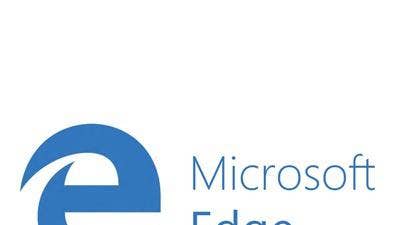
Microsoft Edge Update
The next version of the Microsoft Edge browser is being built on Chromium OS, the same open-source project that powers Google Chrome. The new Edge browser will include a number of features that aim to improve common browsing issues, Microsoft said. Among them: Edge will integrate the Internet Explorer browser as a tab, enabling businesses that use legacy Internet Explorer-based apps by running them in Edge. Edge will also add new privacy tools, allowing users to choose from three privacy levels (unrestricted, balanced and strict) that will adjust the way third parties can track them on the web. In addition, a new feature called "Collections" will enable users to more efficiently collect, organize, share and export content, with the aim of easing information overload, Microsoft said. Microsoft didn't disclose the launch date for the next version of Edge, but noted that the features "will begin to roll out over time" on the browser.